Berlin is a city with a rich history and a unique character. Its streets recall great and tragic events, but the city is also living a new, modern life, changing but still retaining recognisable traits.
Whether you're a child used to the hustle and bustle of the big city, or a little dreamer looking for some privacy, Berlin's character makes it a comfortable place to stay. Best of all, the best attractions for kids: Legoland Discovery Centre, Little BIG City Berlin, Zoo, MACHmit! You'll find everything you need for a great family holiday in Berlin. Find out more about how to spend your time in Germany's most beautiful city and enjoy your trip.
Berlin on the map of Germany
The city of Berlin is the capital and largest settlement of the Federal Republic of Germany, one of the 16 federal states of Germany. It is located in the east of the country, on the banks of the River Spree. From Berlin to the border with Poland — about 70 km, to Hamburg — 292 km, to Munich — 592 km, to Prague — 345 km, to Vienna — 673 km.
In the area where Berlin is located, there were already urban settlements at the beginning of the 13th century. The largest of them gradually absorbed other cities and in 1417 became the capital of: first — the Margraviate of Brandenburg, then — Prussia, the German Empire and finally Germany. There are 12 administrative districts in modern Berlin, but many people still divide the German capital into West and East Berlin, although the wall that separated West and East Berlin fell more than 30 years ago.
Berlin for Kids

Can you call a huge city a children's holiday destination? When it comes to Berlin, you can and you should. Make the most of the metropolis and a holiday in Berlin will leave nothing but positive impressions.
Firstly, the German capital is easily accessible from many countries by plane, train, bus and car, with minimum change, easy transfers and maximum time to explore. Secondly, there are plenty of things to see in the city.
Berlin is home to five world-famous museums and several dozen other lesser known but no less interesting museums. The city also has special museums for children with interactive exhibits.
Thirdly, children will always have the opportunity to have fun. And you don't even have to go to the amusement park, the zoo or the circus — just find the nearest playground. All playgrounds in Berlin are sanded and equipped for active play and often have a small pool for water games.
Fourthly, a big city can afford to have lots of parks and even a forest. Whenever you feel like taking a break from running around museums, take your child to one of the green areas and enjoy the peace and fresh air.
Fifthly, public transport makes getting around the city quick and easy. It's only a short underground or local train ride from one attraction to the next, and it rarely takes more than 20 minutes.
Finally, in Berlin you can just relax in a good hotel or apartment. You can even take a baby if you stay in a hotel away from the tourist attractions. All that remains is to decide when to go to Berlin with children and what to do. Spoiler alert: we've already done that for you.
Best time to travel
The tourist season in Berlin has two peaks — December and May — September. In winter, people come for the pre-Christmas atmosphere and in summer for the sightseeing.
During the rest of the year, tourists still visit the German capital, but there are fewer of them, so prices for flights, hotels and package tours drop. The only downside to the off-season may be the unpredictable weather, but if you're mainly interested in visiting museums, the off-season is a good time to go.
It is best to travel to Berlin with an infant during the warm season, as the damp winter winds can be detrimental to the baby's health.
The most popular time to visit Berlin with a child is during the summer holidays. But if possible, try to postpone your trip to May, June or September. In July and August, the city is flooded with tourists and it's often hot.
If you're trying to decide when to go to Berlin, check out the events calendar. Try the Carnival of Cultures in June, the Long Night of Museums (August and January), the BMW Berlin Marathon (September) or the Pyronale Light Festival (September).
Berlin's Christmas markets deserve special mention. The city is transformed, with fairytale towns in the squares and lots of surprises especially for children: treats, carousels and a giant Ferris wheel, a Christmas train around the Christmas tree and much more.

Weather and climate
Berlin's climate is perfect for city walks: temperatures rarely drop below freezing in winter and there's no unbearable heat in summer. Rainfall is moderate, so sightseeing is pleasant and comfortable. And on a rainy day, it's easy to escape into one of the many museums.
Winter and summer vie for the right to be called the best time to holiday with children in Berlin. Winter is the holiday season, while summer has the right weather for hiking and outdoor activities.
Many people plan their holidays in Berlin in December to visit the Christmas markets and experience the festive atmosphere. You'll need warm clothes to walk around the city in winter. Although temperatures in December and February range from +3°C to -3°C, the humidity and wind make the city chilly. Snowfall is rare and short-lived, but snow and rain can lead to slushy weather.
Spring here is long, with cooler days lasting until mid and sometimes late April. Temperatures can range from +8°C to +13°C, but the icy winter breezes finally give way to warmer winds. By May, you can expect real warmth. Daytime temperatures reach +19°C, although the nights are still cold.
The warmest time of the year is undoubtedly summer. The average temperature in June-August is +22-25 °С, although sometimes the air heats up to +30-35 °С. Summer rains are not uncommon, but after a good rain the gardens and parks are so pleasant to breathe in.
Berlin's heat lasts until the end of September. During the day, the air stays around +19°C, although it gets colder at night. In October there are already fewer sunny days and towards the end of autumn the temperature drops to +7°C.
Food

Most hotels in Berlin include continental breakfast in the room rate. For tourists who spend most of their time sightseeing, this is convenient: you can have breakfast at the hotel and have lunch and dinner in restaurants to get to know Berlin's cuisine.
Berlin's cuisine includes spicy Currywurst sausages, Berliner Eisbein (Simmered Pig Knuckles), Kassler smoked pork, Kohlrouladen (German stuffed cabbage rolls) and traditional side dishes: sauerkraut, boiled potatoes and mashed peas. For a taste of it all at once, order the Berliner Allerlei.
Kids will love the dessert table, especially the Berliner Pfannkuchen doughnuts. You can order them in any restaurant, but it's much more tempting to visit a children's café, such as the famous Kreuzzwerg (Hornstraße 23) or Das Kindercafé Spielzimmer (Schliemannstraße 37). These places are very popular in Berlin. The food takes second place to the café's play area, which has everything you need for noisy and quiet games. Note that hotels sometimes offer a children's menu. Check what's on it, as it could be fast food.
Transportation

Germany's capital covers an area of 891 square kilometres. The distances are vast, so be prepared to travel a lot. Public transport in Berlin is a well-oiled system, including the U-Bahn, S-Bahn, buses, trams and even a river ferry.
Fares vary according to fare zones, of which there are three: A — city centre, B — outskirts but within the city limits, C — outlying suburbs. A single ticket costs €3 for zone AB and €3.80 for zone ABC. Tickets for children aged 6-14 are cheaper: €1.90 for the AB zone and €2.70 for the ABC zone. Children under 6 travel free on all modes of transport.
For frequent travellers, a day ticket costs €8.8 (€5.60 for a child) in the AB zone and €10 (€6.10 for a child) in the ABC zone. 7-day passes and group tickets are also available.
For a short trip, you can buy a Kurzstrecke ticket. This allows you to travel 3 stops by metro and city train (with change) or 6 stops by metro and bus (but no change). The ticket costs €2 for adults and €1.50 for children.
If you are planning to stay in Berlin for at least 2 days, it makes sense to buy the Berlin WelcomeCard or the Berlin Pass.

Transport in Berlin follows a clear timetable, which can be found on the city's website and on the websites of the transport companies. S-Bahn trains start at 4:30am on weekdays and end at 1:30am at weekends and run around the clock.
Underground trains run from 4:00 am to 1:00 am on weekdays and around the clock at weekends. Trams and buses also start at 4:30 to 5:00 but end earlier, at 22:30 or 23:00 (at weekends they start later and end at 18:00 to 18:30). Only night buses with numbers beginning with the letter N and special vehicles, the Metrobus and underground trains, which run 24 hours a day, operate at night.
You can hail a taxi in Berlin by simply waving on the street, finding a free car in one of the many car parks or ordering one by phone. All cars are metered, with a charge of between €2.10 and €2.80 per kilometre, plus €4.30 for entering the taxi.
If you intend to hire a car, don't leave it on the street or in a yard, or you could get a hefty fine. There are plenty of parking spaces in Berlin, including in the city centre. There is usually a charge for parking.
 [email protected]
[email protected]


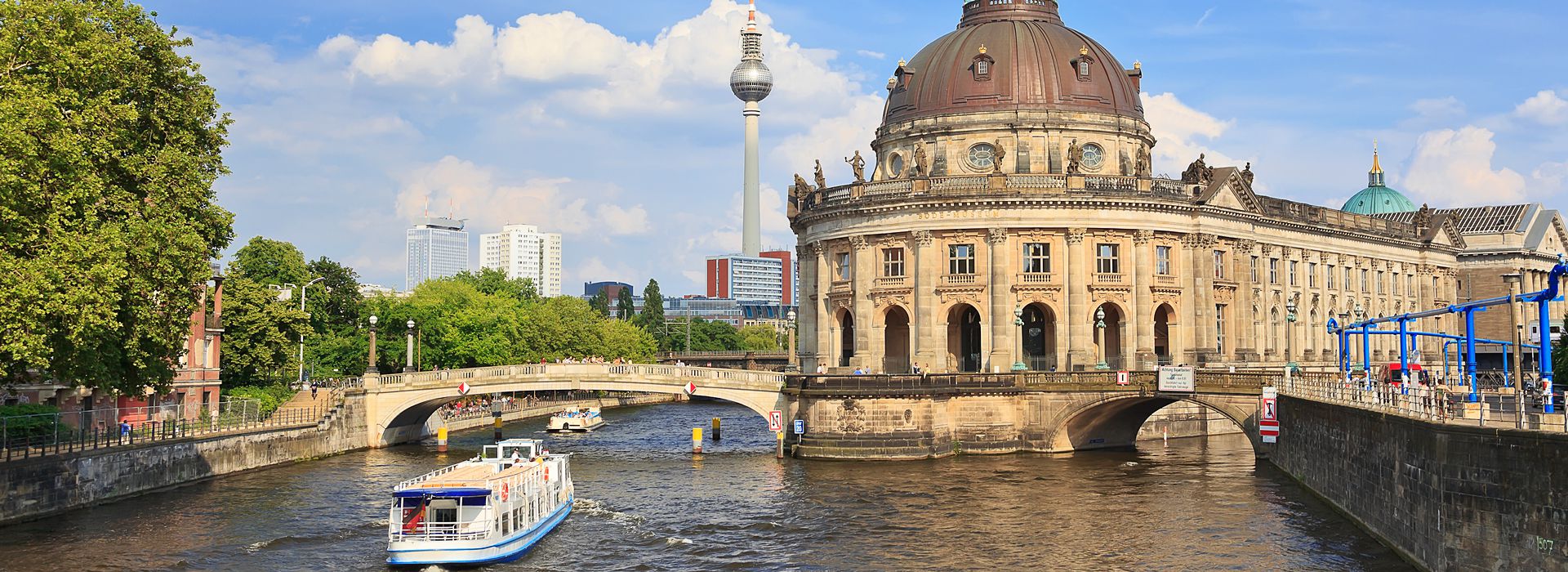



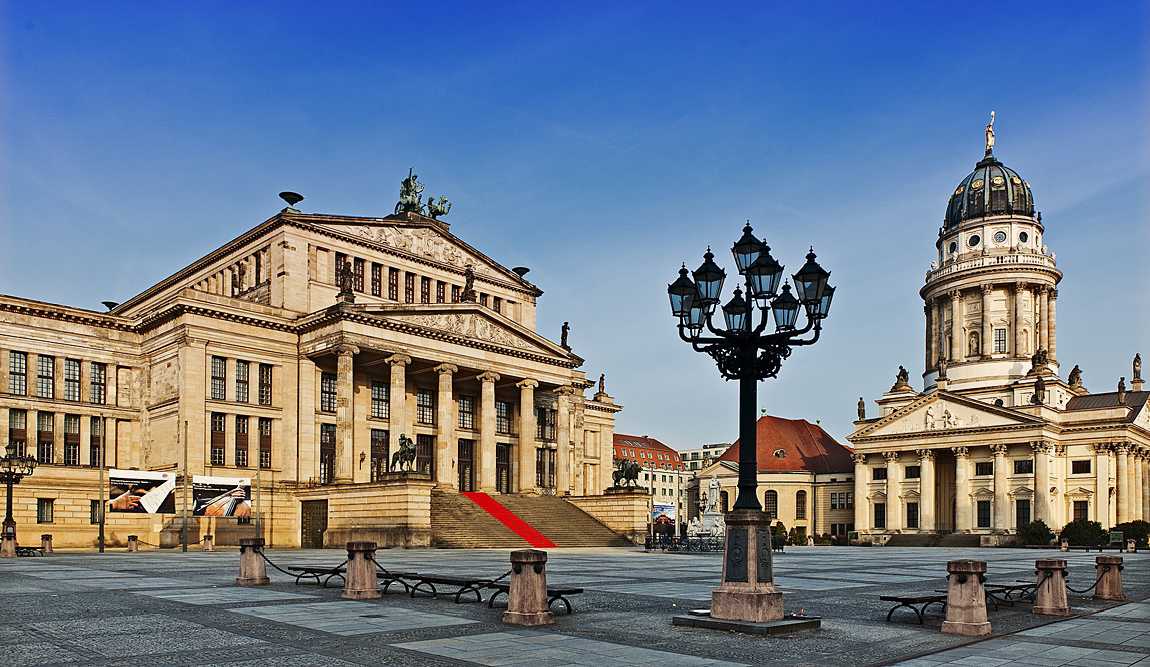
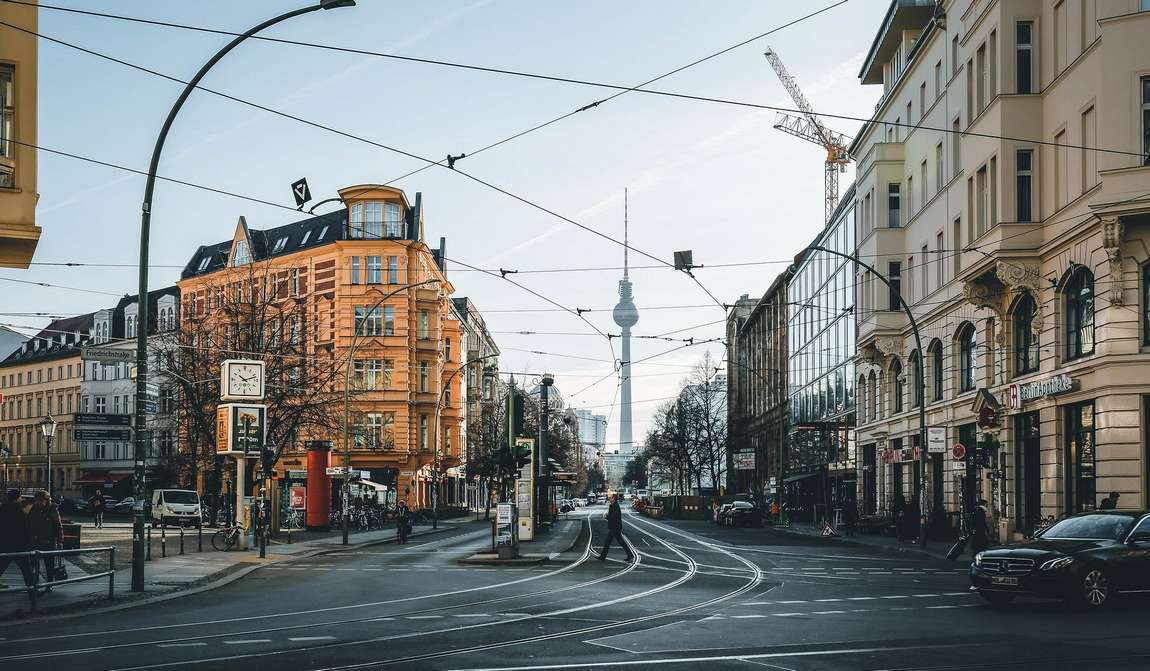
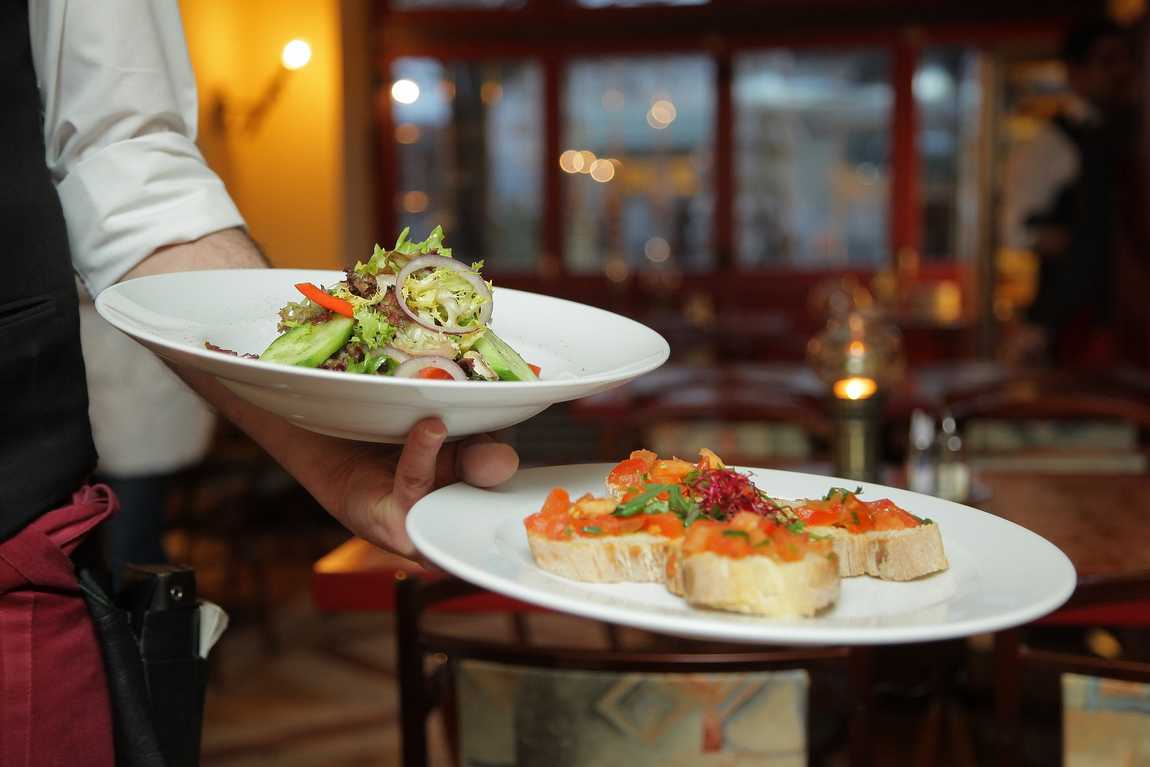
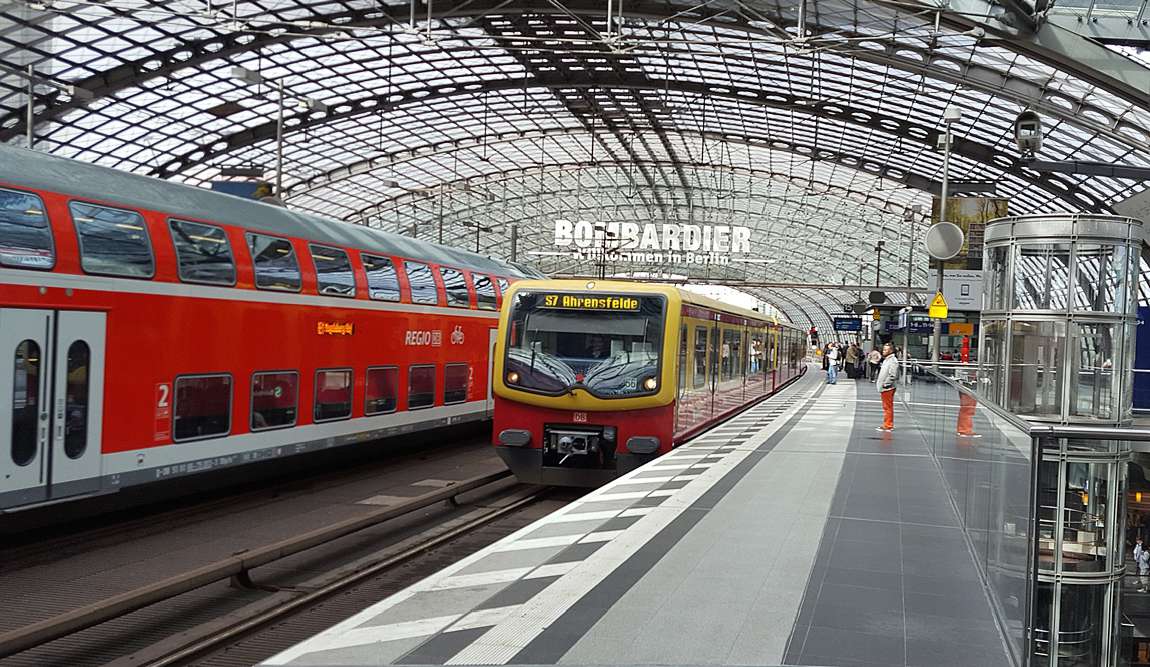
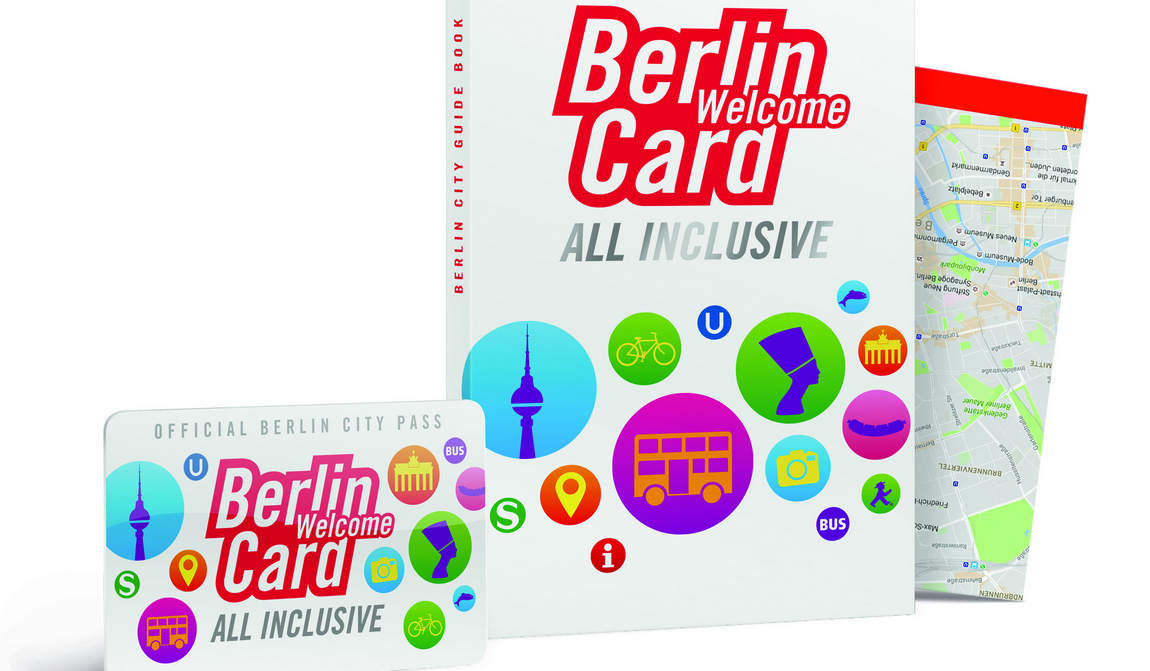
.jpg)
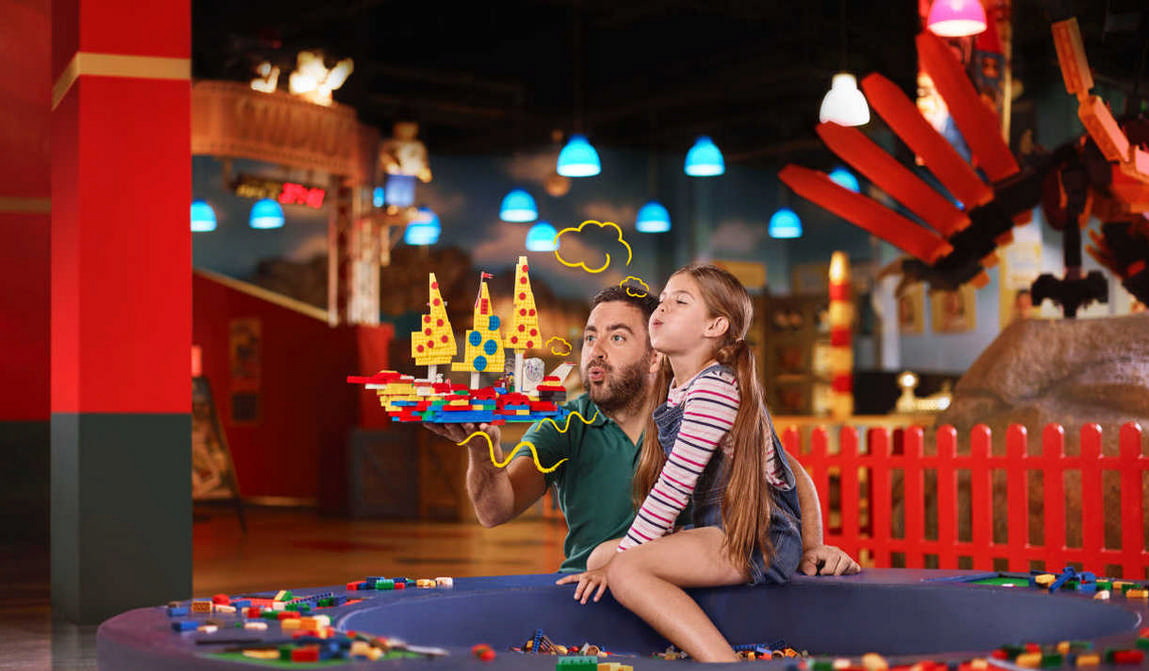
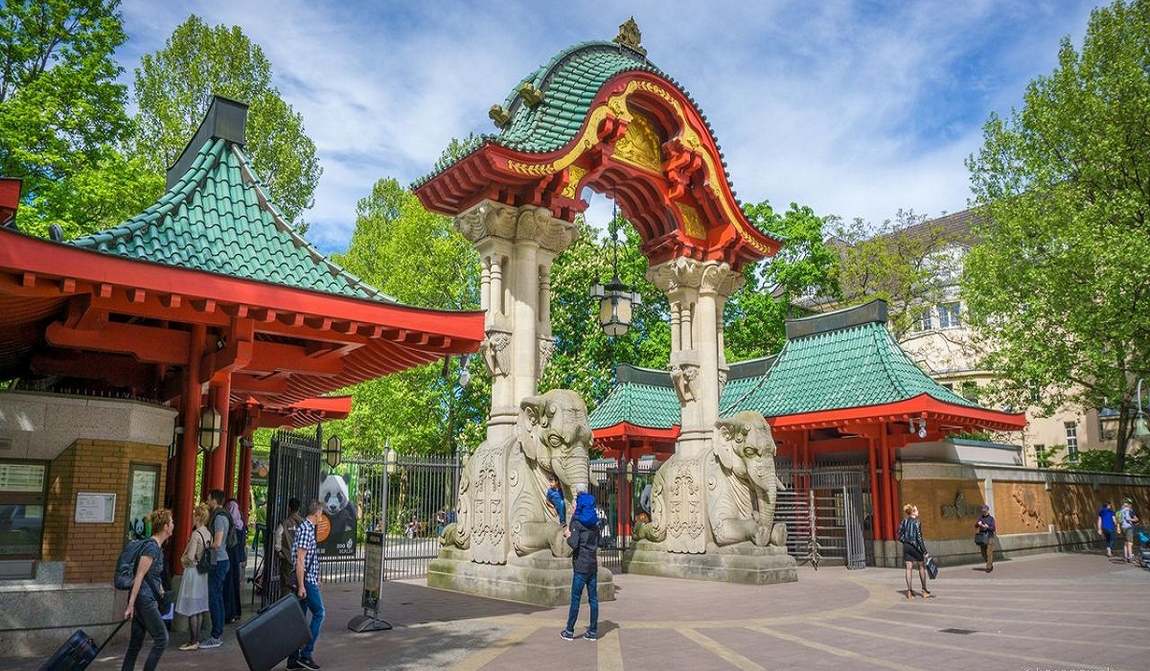
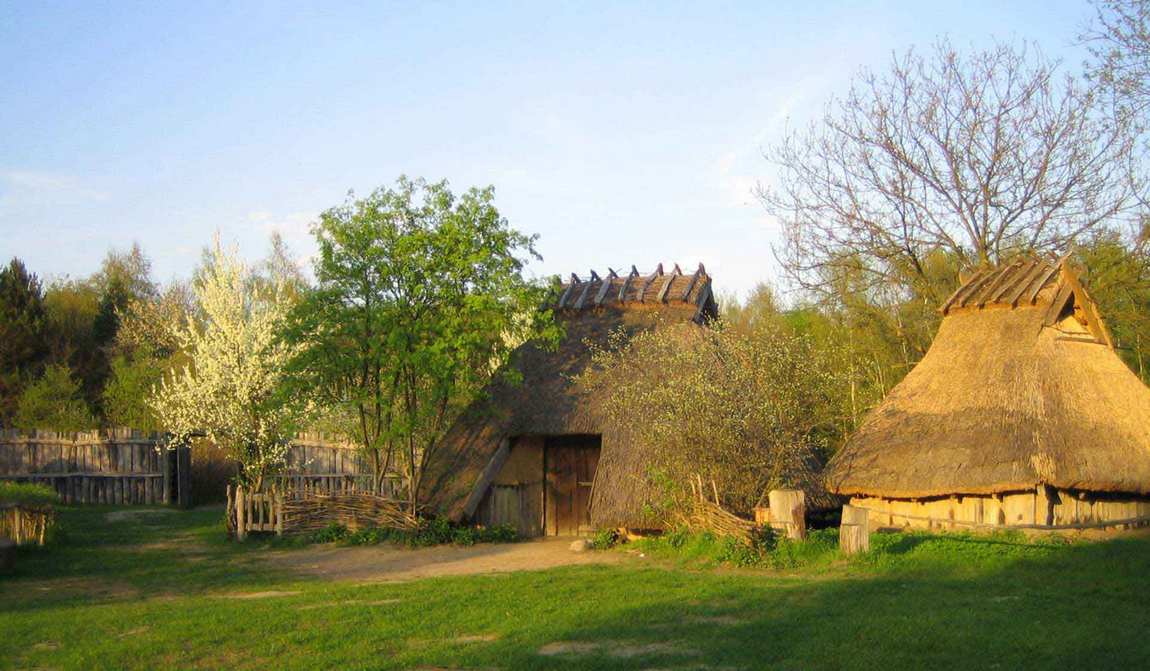
.jpg)








